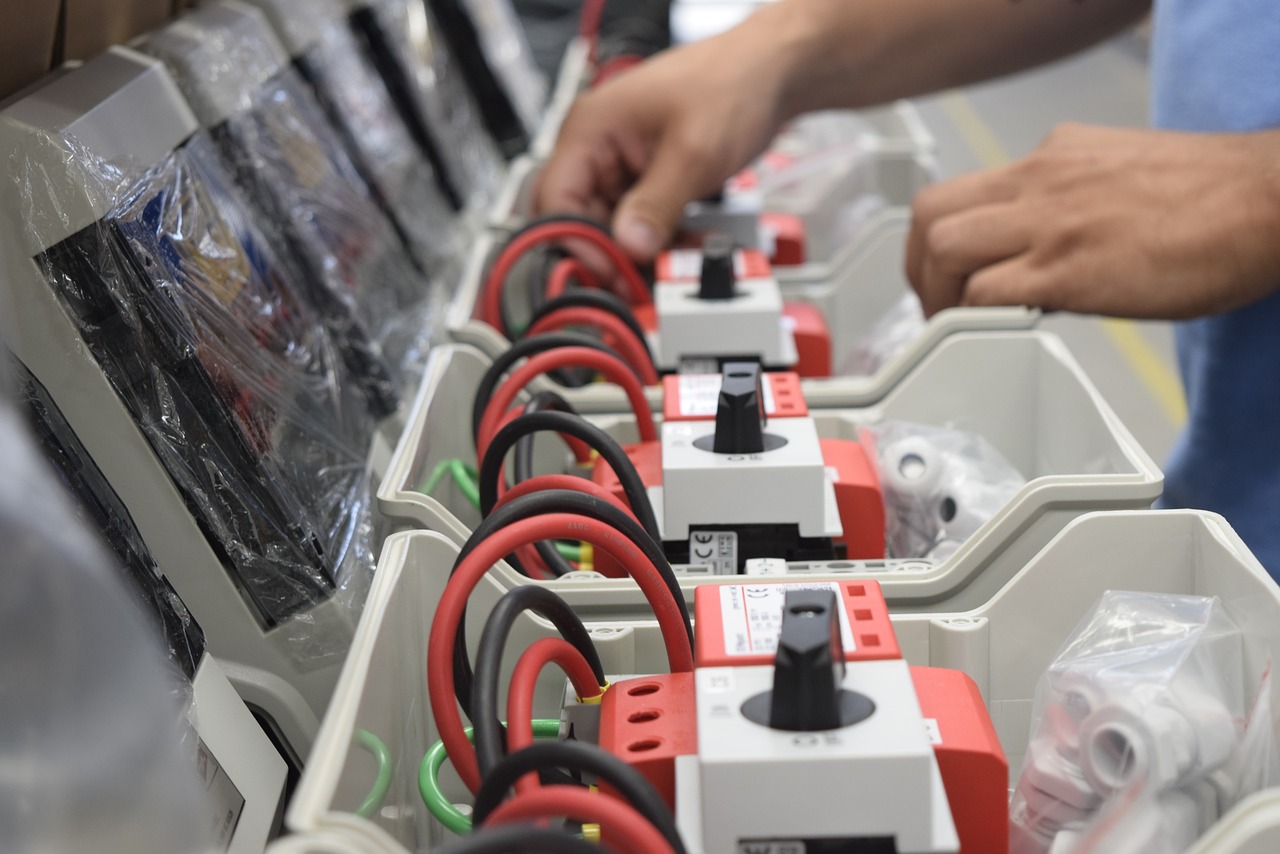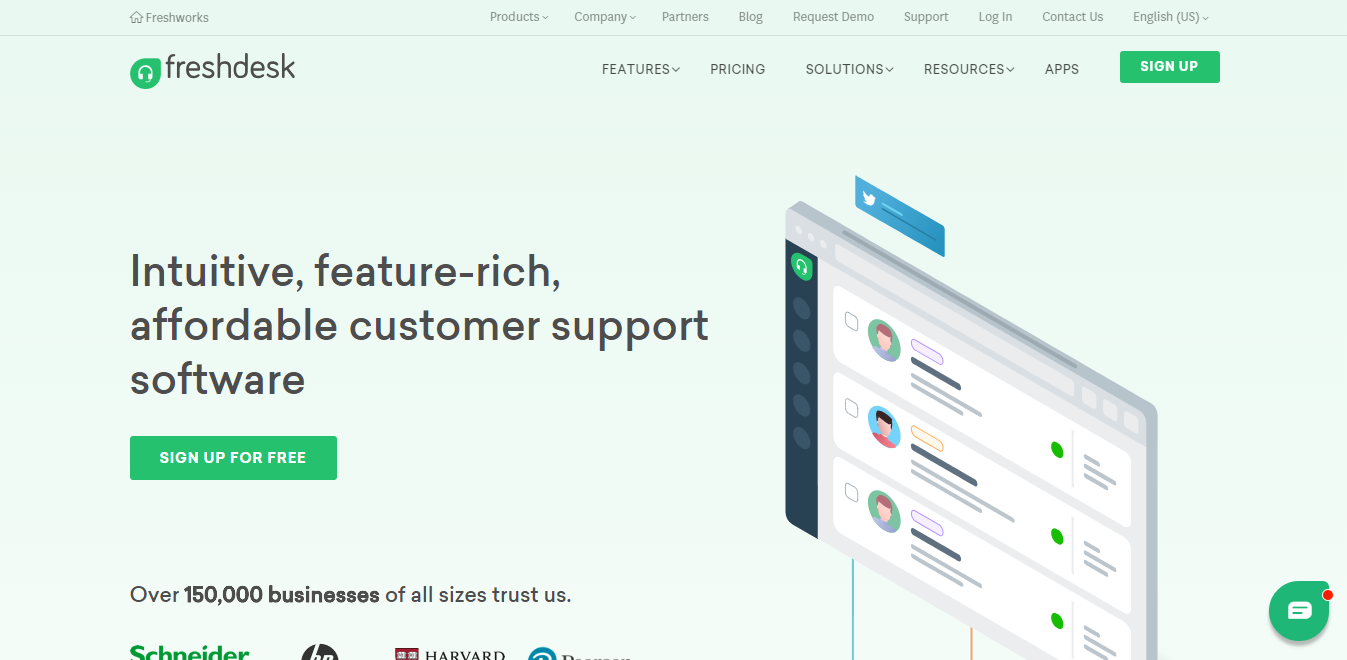Want to build an ecommerce business fast? Try selling private label on Amazon. By combining the advantages of Amazon with the speed of private label, you can start making serious profits in record time.
Last updated 7/25/2019.
What Does “Private Label” Mean?

You hire a manufacturer to make a product for you, slap your own branding on it, and bam! It’s private label.
The manufacturer can usually make variations of the same product for any of your competitors. You don’t own the patent or anything, just the brand—the “label.” Your private label on a generic product.
What Are the Advantages of Private Label?
- No need to create a new product. Just design your own packaging and maybe make a few tweaks to stand out.
- No restrictions from brand owners.
- No competition from sellers of the exact same brand.
These advantages translate into a fast launch time and high profit potential!
What Are the Disadvantages?

- Moderate startup cost. Manufacturers usually demand large orders, so you’ll likely need at least $2,000 for inventory, plus $600–$2,000 for other business expenses.
- Moderate risk. You’ll lose more than beer money if things go wrong, but probably not the shirt off your back.
- Moderate competition. You’ll have to work hard to differentiate your brand from others that use the same manufacturer.
This means private label isn’t for everyone. If it sounds like too much risk and expense, see our guide to Amazon business models for alternatives.
How Do I Start Selling Private Label on Amazon?
Jungle Scout has put together a fantastic video guide to private-label Amazon selling. It covers the entire process, from researching and sourcing your product to crushing the competition. Watch it below:
This guide is so awesome that we decided to interview Jungle Scout’s pro sellers for help writing this article. You’ll see their advice cropping up more than once below!
1. Choose Your Product
A lot of people start out by thinking about things they like that they could sell. Don’t fall into that trap! You can’t always make a living selling the stuff you love.
Harness your inner Spock and prepare to make perfectly logical decisions. Look for items that have high demand, but low competition.
High Demand

A straightforward way to get specific, accurate demand and competition data is to use a tool built for that purpose. Two examples are Jungle Scout’s Chrome extension (professional, but not cheap) and amzme (rough around the edges, but free).
Want to check manually? You can get a general idea of demand for free by looking at two things: the Best Sellers rank and the number of reviews.
Unfortunately, what Best Sellers rank is a good indication of high demand depends on the category. In some categories, anything above 50,000 might be worth selling. In others, you might want to stick to the top 1,000.
Reviews are a better indicator of demand. Since sellers often receive reviews on about 0.5% to 6% of sales, something with at least 20 reviews has likely sold hundreds or even thousands of copies. That means you should have a fair shot at selling something similar!
Low Competition

How many sellers offer competing products? Is Amazon selling one directly? Don’t go in if the competition is too intense.
Reviews are just as good for measuring competition as demand. If there are tons of listings with hundreds of reviews each, you may have a hard time getting anyone to take a chance on your unreviewed product.
If you want cold, hard data, tools like the Jungle Scout extension and amzme can help again by showing sales figures and other useful info. Avoid products where only a couple brands are clearly gobbling up all the sales. Instead, look for products where sales are dispersed across many listings. Scattered sales mean customers are more likely to consider all options—including yours.
2. Sourcing Private-Label Products

Once you know what product you want to sell, you have to find a manufacturer to make it for you.
Sourcing Options
Two of the best places to find suppliers are Alibaba and SaleHoo.
Alibaba offers a huge selection of manufacturers who can supply just about anything you can think of.
SaleHoo has a smaller selection and charges for access to their directory. However, every company on SaleHoo has been carefully checked to weed out potential scammers. That’s a big deal when you’re planning to make a four-figure purchase!
Tired of searching the web? Traditional resources include trade shows and industry publications.
Scam Alert

Whichever method you choose, be careful! Gullible entrepreneurs are prime targets for scammers. Criminals masquerading as manufacturers can take your five-figure wire transfer and disappear without a trace.
Always request references, check reviews if any are available, and order samples before making any major payment. Ask the manufacturer detailed questions about their business. Do everything you can to investigate them.
You can refer to these 12 real-life cases of Alibaba scams for help avoiding scammers.
We asked the Jungle Scout team if they had any additional advice, and they had the following gem: “If you ask [a manufacturer] seven questions, make sure you get all seven answered. If they give you back a one-sentence response, it probably isn’t going to be very easy to communicate with them.”
Shopping Around
Don’t just agree to the first offer from the first honest manufacturer you find. Compare them to competitors. You can often negotiate a lower price, especially if you can get manufacturers to fight for your business.
Getting What You Ordered

When you reach out to a manufacturer, the Jungle Scout team recommends that you “be very specific in how you want the product made. You can use programs on your computer to show the exact dimensions you want and where you want them. We call these ‘poor-man’s drawings.’ They help you better communicate with the manufacturer how you want your product to be made.”
Additionally, you should always order samples if a manufacturer looks promising. You can ask them to send you the closest thing they have in stock for an affordable option. This will give you a reasonable approximation of the quality—and make sure the manufacturer actually delivers what you order.
If you have something complex or unusual, you may want to have them actually create your product. Just be warned that this requires a lot of effort from the manufacturer. Costs can easily reach four figures.
Importing
You’ll probably buy from a manufacturer in China or another faraway land. Importing has its fair share of challenges: duties, the risk of losing your shipment in the ocean, import/export laws, etc.
It’s often best to hire third parties like freight forwarders or customs brokers to manage your imports and navigate the red tape. In fact, unless you plan to have licensed experts on staff, this is often the only realistic option. You can usually get solid freight forwarder recommendations from your manufacturer.
Finally, make sure your purchase is protected. Take advantage of programs like Alibaba’s Trade Assurance and/or insure your shipment.
3. Selling Your Product on Amazon
OK, so you’ve chosen a great product, figured out your branding, found a great manufacturer, and worked out how to get the product to your door. Nice work! But how do you actually get the product on Amazon?
- Learn the basics of setting up an account in How to Sell on Amazon for Beginners.
- Build the ultimate Amazon SEO strategy to outrank other sellers.
- Take perfect product photos with How to Take Photos for Amazon Like a Pro.
- Write high-converting copy by following 6 Tips on Writing Amazon Product Descriptions.
- Follow the step-by-step product uploading instructions in Jungle Scout’s video.
Once your product is up on Amazon, you’ll need to get it in front of customers.
Sales Velocity
Every new item added to Amazon will start around the bottom of search results. This means shoppers will rarely see a newly added item. But for an item to show up higher in search results, it has to sell! How is anything supposed to sell if nobody sees it?
Following our Amazon SEO tips will set you up to climb the ranks fast, but sales are how you really start moving. In Amazon optimization studies like those performed by Single Grain, “sales velocity” has proven to be the #1 factor in improving your rank. So how do you get the ball rolling?
Jungle Scout’s strategy is to undercut the competition and sell at a loss. This makes your item an obvious choice for any bargain hunter. Since shoppers can search by lowest price first, undercutting all competition will make you appear at the top of many searches.
You have to be ready to endure serious losses during this stage. The more you sell, the more money you lose—not exactly the dream! But once you’re up high in the search results, you can raise prices and start turning a profit.
This strategy is very important in selling private-label products on Amazon. You can’t hope for someone to choose your product because it’s better than the alternatives; the alternatives are made by the same manufacturer!
You have to dominate search results. Ideally, you’ll capture a portion of the 64% of clicks that go to the top three listings.
You can also try other methods of driving traffic directly to your listing. For example, you can use Amazon’s pay-per-click advertising, or link to the listing from your website.
But what if someone else uses the same strategy of dropping prices? In that case, it all comes down to who’s better at Amazon SEO. So don’t skip learning how that works!
Customer Satisfaction

Once you’re making sales, nothing matters more than keeping your customers happy. They don’t care if you sold to them at a loss. They expect the same high quality of service they get with any other Amazon purchase.
Provide rapid responses to customer messages. Amazon strongly recommends that sellers reply within 24 hours. Slower responses result in far more negative feedback, which slows down sales. That drops your ranking, which slows sales more, dragging you into a downward spiral.
Keeping up with customer messages gets hard fast when you have high sales volumes. And if you’re using the strategies above, you should have a lot of sales!
The best way to handle high-volume customer service is to connect Amazon to a helpdesk. A professional customer service platform like Freshdesk will act as a force multiplier for your support team.
For example, Hamleys of London, a major bricks-and-clicks company, cut their support costs in half with Freshdesk. Axminster Tools & Machinery reduced ticket resolution time by 43%.
Learn more about connecting Freshdesk to Amazon, or doing the same thing with Freshdesk’s top rival, Zendesk.
Jungle Scout’s sellers had this bit of advice to add:
“You should always be keeping yourself accountable to your customers. And you should also hope that your customers will keep you accountable. You can only improve your product when you know what isn’t making the consumer happy.”
If you can lift up a product with high sales and keep it up there with great customer service, you’ll establish a stable and profitable business.
Staying Successful

You now have one product turning a profit. Great job! Now it’s time to focus on protecting and building your business.
Stay in Stock
Running out of stock can be disastrous. If a buyer orders from you and you have to cancel because you’ve run out, it counts as a seller-cancelled order. If this occurs with just 2.5% of your orders, Amazon may remove your selling privileges.
On top of that, you lose the sale. You may also get negative feedback. Both of those things will cause your product’s ranking to fall.
Always make sure you have enough inventory to handle a sudden spike in sales, especially during peak season. And keep careful track of your inventory so you can set your available quantity to 0 if you do run out.
If you sell on more sites than just Amazon, multi-channel inventory management software can be a lifesaver.
Defend Against Counterfeiters

Counterfeiters will often try to take advantage of your success. The Jungle Scout team has some great advice for fighting them off:
“Register your brand, stay in stock, and send a ‘spooky’ email their way. After the spooky email, they almost always take down their listing.”
Sell Other Products
One private-label product is an unsteady foundation for a business. Another company could sweep in and use the same strategies above to displace you. If they have better funding and/or SEO, they could knock you back down and steal most of your sales.
There are also risks like Amazon deciding to sell the same product, or something going wrong with the manufacturer.
It’s therefore important to build out a wide inventory base. The more diverse the products you sell, the more secure your business will be. Keep growing your business and your profits will grow as well!
Sell in Other Places

Amazon is a great place to get started, but don’t limit yourself to just one site! It makes you highly vulnerable to change. If you lose your Amazon selling privileges, your entire business could collapse overnight.
We strongly recommend expanding to eBay. If you can make a profit on Amazon, you can make a profit on eBay! See “Is Selling on eBay and Amazon at the Same Time Smart?” for info about selling on both platforms.
Building your own website will also give you huge advantages. You can avoid marketplace fees and play by your own rules. Just note that getting customers to your website is much harder than finding buyers on Amazon. So, pull in some profits on the marketplaces first!
Your Private-Label Empire Awaits

Selling private label on Amazon is a fantastic way to build an online business fast. You need some startup funds and a willingness to work hard, but if you can bring those to the table, you can become your own boss and make serious money. Go visit Amazon and start hunting for product ideas!







